Convincing generations of deer to eat on your land year after year is not unlike a startup restaurant needing to earn the business of customers. For customers to return, you need to build up a reputation for cranking out the best food in the neighborhood.
There are a few criteria that need to be met to have deer returning to your whitetail eatery on an annual basis. Let’s dive in and lay out why hunting pressure, forage attraction, and cover are critical to raising generations of deer off your food plots.
Pressure
It’s hard to keep deer around if you’re constantly bumping them off your land. Many of us are after mature bucks, and they don’t tolerate constant human intrusion during the hunting season. Many hunters are fooled by the lackadaisical attitude of bucks during the summer months.
Saying to yourself, “I bumped him a few times during the summer and he returned, fall will be no different.” That may not be the case. After a buck sheds his velvet, testosterone increases sharply and mature bucks become keenly aware of their next move. They are no longer the easy going, tail-wagging animal they were a month ago. Bucks will tolerate a lot more during the summer months than post-velvet shed.
Encouraging bucks to return to your property in search of the neighborhood’s best food requires some thought and planning. When dreaming up your next food plot, you need to consider a few major factors. Can I get in and out successfully without spooking deer? When the leaves drop, how will this area change?
If you have positive answers to both of those questions, you may have an area capable of convincing the best deer in the neighborhood to return annually.
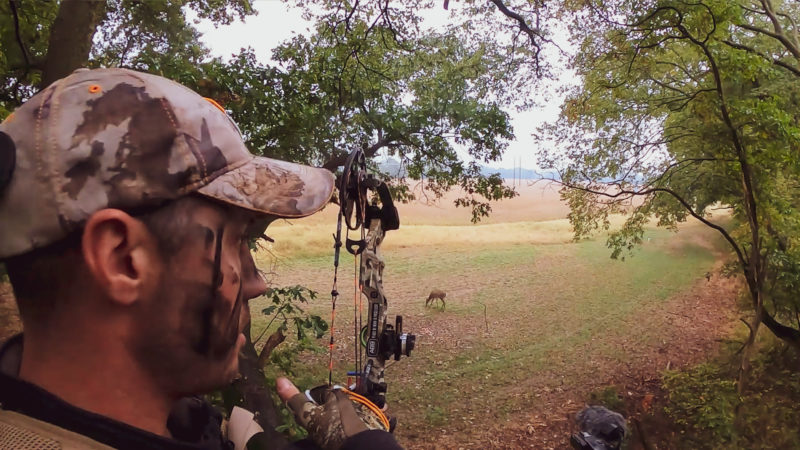
If your lifestyle allows for ample hunting time, be sure to not make the mistake of over-hunting your food plot. A lot of us pour good money and a lot of sweat into a food plot, only to run deer out of the area by hunting near it too much.
It’s easy to fall in love with a tree stand right over your food plot, but you need to weigh the consequences of hunting the plot if you fail to kill right away.
The most successful hunters I know strike only when the conditions are right to do so. Weather and daylight trail camera photos can play a large role in determining whether to hunt and possibly pressure a can’t-miss hunting location.
Have you seen a target buck hit the plot in daylight on trail camera? Do you have a solid reason for hunting over the food plot? Unless it’s an early season doe mission, you’re probably best staying off your prime food plot until trail cameras, or your own eyes, give you reason to dive in.
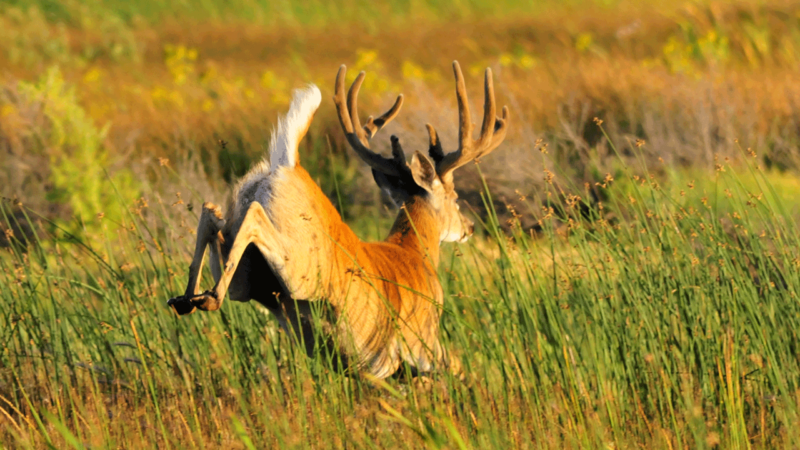
Forage Attraction
You can’t train deer to return to your land and food plots if you’re not offering attractive forages. If you can manage the hunting pressure on your land, the real hook to get generations of deer feeding on your land is to offer them what they need, when they need it.
You need to provide them something no one else does.
Deer need value from your food plot, and that looks different throughout the phases of a deer season. If you expect deer to hang around from September through January—you need to offer the correct food for every phase of deer season.
Knowing what to plant comes with experience and trial and error. Throughout the summer months, deer may crave a blend of clovers and alfalfa. In early fall, I attract deer from far and wide with a blend of at least 5-6 different plants categorized under the brassica family. Turnips, Rape, Radish, and leafy brassicas are hit hard from early September into January on a tucked away ¾ acre plot I plant.
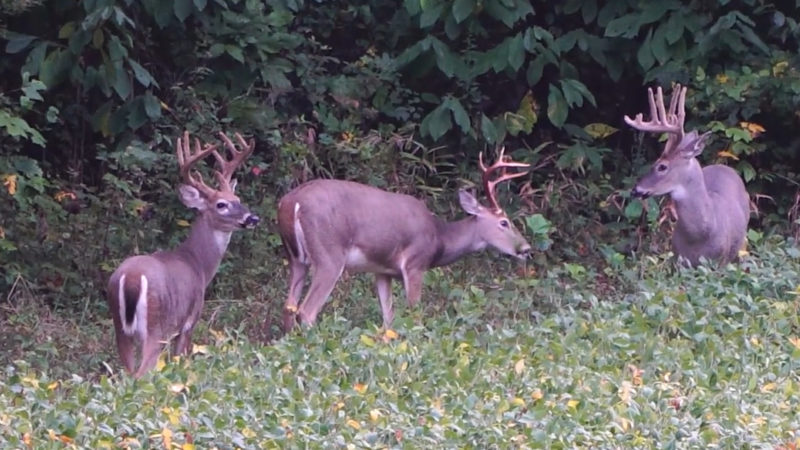
If this food plot were overhunted, or located in an area with bad hunting access, my family probably wouldn’t have had much success near the plot during the last few seasons. We have taken advantage of this food plot by hunting around it for morning sits on the ridges above, and letting the plot rest after hunts.
After killing my 2021 bow buck on October 30th in a different area of the property, I hunted over the plot on November 5th in hopes of a doe showing up. Despite not getting a doe that evening, we let the property rest until the opener of Wisconsin gun season on November 20th. After two full weeks of rest, my brother harvested a 4.5-year-old buck just off the plot that scored in the low 140’s. I passed that buck on the food plot as a 2.5 year old buck.
I believe our low-pressure approach to hunting that food plot partially allowed for that buck to be killed near it.
It is possible to train generations of deer to eat your food plots. Many factors come into play, but in the end it all comes down to attracting deer during daylight hours to kill them. Find a rotation of the best forages around and you stand a good chance of having deer return to your plot year after year.
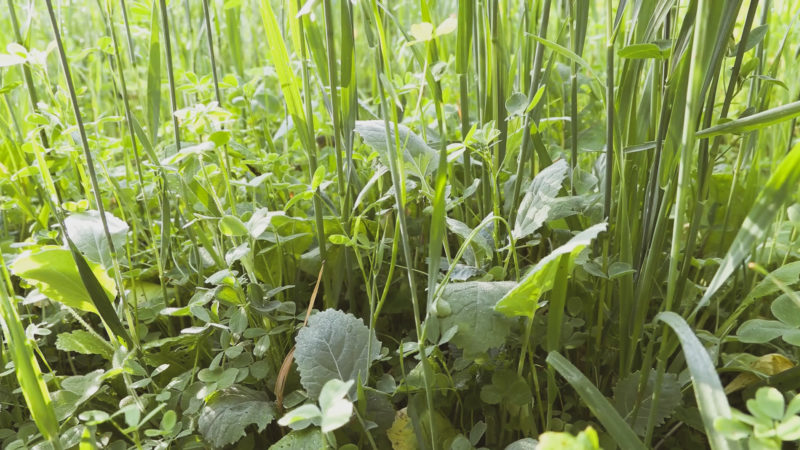
Cover
You hear a lot of chatter in the hunting world about cover. In fact, there is so much talk that you may feel left in the dark if you aren’t completing Timber Stand Improvement (TSI) projects, doing prescribed fire, or planting a field full of native grasses for cover. I’m here to tell you, hunting near food plots can still be great without those projects.
If your property lacks cover, you just need to be careful about when you pressure the food plot. You need to analyze the area carefully and have the discipline to be honest with yourself about when you can successfully hunt the plot.
There are two distinct categories food plots fall under when determining what type of cover needs to surround the plot for it to be successful. Plots that are tucked away from houses or ambient road noise may not require much quality cover for bucks to feel safe stepping out. Conversely, food plots that are near houses or roadways may require more cover for bucks to feel safe marching out in daylight.
One of the best places to hunt on my family farm has almost no cover, and is a funnel in the timber that leads to a nearby food plot and crop field. The area is packed with mature red oaks with almost no forest understory. It looks like a city park. While there isn’t a lot of cover, it is removed some distance away from houses or roadways. That is critical.
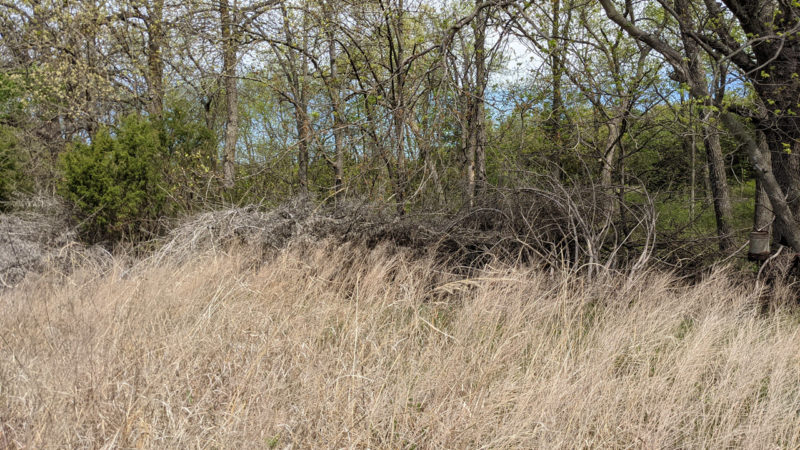
Because it lacks cover, we rarely spook deer out of this area when we hunt it late October through the rut. Deer are typically bedded just 200 yards around a large knoll on the neighbors. They own the thick bedding, and we set up our hunts with this knowledge at hand.
We know cruising bucks are coming our direction and will swing through during the rut. It is arguably the best spot on our farm, and it essentially has no quality whitetail cover.
Your best friend is a trail camera when you’re determining whether deer feel safe in your food plot. Strategically place cameras on the plot. If you’re not seeing daylight buck movement, you probably need more quality cover nearby.
This can be done through TSI, or by planting a few conifer trees dotted throughout the area to provide more security cover near the plot. Planting an edge of native grasses around the plot can help deer feel secure in daylight as well.
Check out the video below for some great summer trail cam and food plot tips as you make preparations for your fall season.
Wrapping Up
Remember, your food plots can increase hunting success across your entire property. You don’t always need to sit right on the plot and harvest deer there to consider it a success.
To keep deer returning year after year, you need the whole package of land management tricks for 24/7 attraction.
What about you? What have you found that continually draws deer to the property you hunt each season? Comment below, and let us know.

 By
By 



